About our Sessions
Utilizing Geophysical Investigation along with Conventional Drilling for Seepage Assessment and Slope Failure in Earthen Levee
The earthen levee under the current investigation was constructed approximately 65 years ago. In recent years, 3 areas on the downstream side of the levee had a shallow slope failure near the toe of the slope with width varying from 250 feet to 387 feet. These failed areas remain wet and water seepage was observed within a portion of the failed area during site visit. If the seepage problem is left unattended it can lead to piping of the levee core material and subsequent failure of the levee section. Therefore, it was important to identify the seepage zone to address the issue as well as to provide remedial solution. Conventional soil test boring and laboratory testing provide information about subsurface conditions of a particular borehole location. However, to get a continuous image of subsurface condition, a geophysical method, resistivity imaging (RI) was conducted. Resistivity Imaging (RI) was used for enhanced mapping of lateral and vertical variations in subsurface and extent of the seepage zone. Based on the RI results, soil test borings were performed within and outside of the seepage zone to obtain physical properties of the subsurface soil strata. Seepage analyses were performed in GEOSLOPE which matched the observed phenomena in the field. Recommendations were provided for remediation of the seepage problem.

